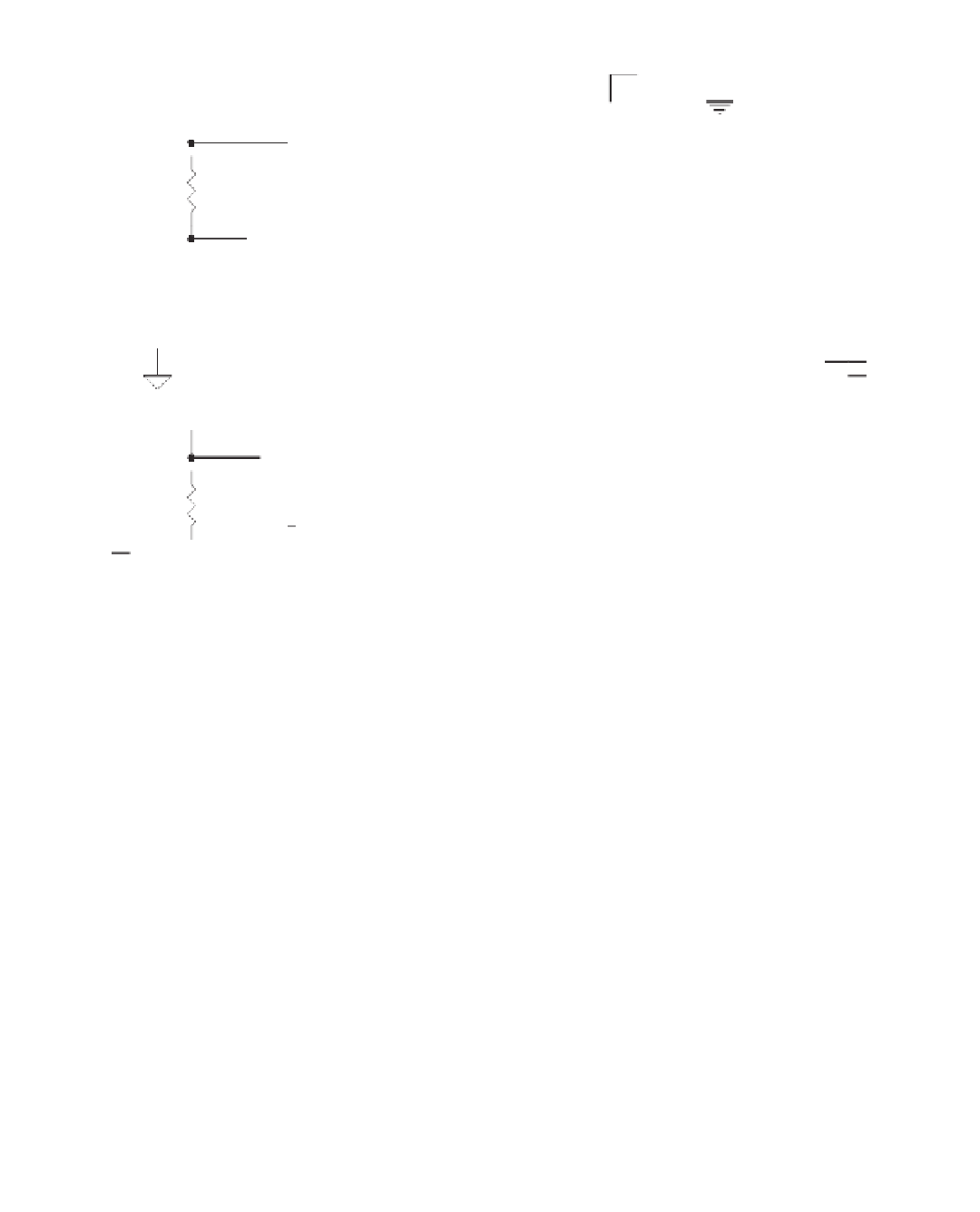Biomedical Engineering Reference
In-Depth Information
+15V
C5
0.01uF
C1
1uF
IC1
8
V
+
50
1
-I N
G=100
-
+
R1
1M
-
+
13
10 K
20 K
12
G=200
R2
1M
10 K
11
1
0
G=500
SENSE
J1
VB
C3
1uF
J2
-IN
1
2
-
9
1
2
VOUT
OUT
+IN
16
+
RG1
COMM
R3
1M
10
K
C4
1uF
6
REF
20K
10K
3
RG 2
+
R4
1M
C2
1uF
+
-
50
-
2
+IN
AD624
V
-
C6
0.01uF
7
-15V
Figure 2.6
This bootstrapped design yields an ac-coupled differential amplifier that retains all of the superior performance inherent in dc-
coupled instrumentation amplifiers. Ac voltages from the outputs of the ICIA's differential input stage are fed to the inverting inputs of their
respective amplifiers via C3 and C4. This causes the ac voltage drop across R1 and R4 to be virtually zero. Ac current flow through resistors
R1 and R4 is practically zero, while dc bias currents can flow freely to ground.
presented in the schematic circuits of Figures 2.7 through 2.12. In this design, biopo-
tential signals are ampli
fi
ed by IC5, a Burr-Brown INA128U instrumentation ampli-
fi
fier. is protected
from high-voltage transients and electrosurgery currents by a network of resistors,
capacitors, and diodes. Back-to-back zener diodes D2 and D4 clamp high-voltage tran-
sients induced into the electrodes by de
fier. Its gain is
fi
fixed at 138 through resistor R7. The input of the ampli
fi
brillation currents to a level that can be handled
by the rest of the protection network. C21 acts as a shunt for radio-frequency currents
that may be induced into the electrodes and leads by sources of electromagnetic inter-
ference. This capacitor by itself has inherent
fi
filtering capability for high-frequency alter-
nating current because capacitive reactance
X
C
(in ohms) is inversely proportional to
frequency:
fi
1
fC
X
C
2
π

































Search WWH ::

Custom Search